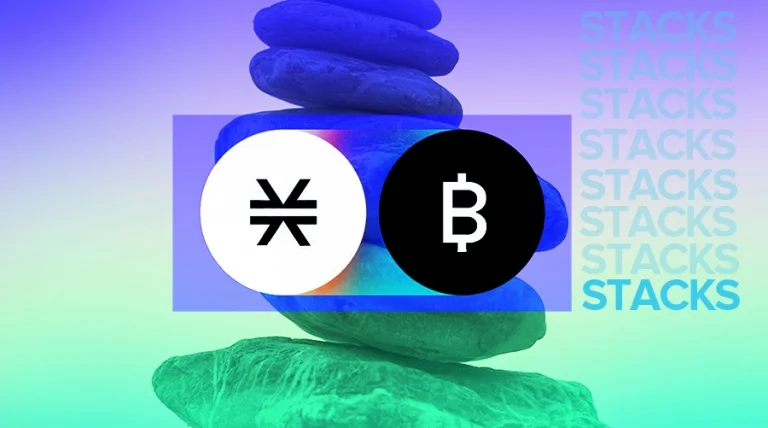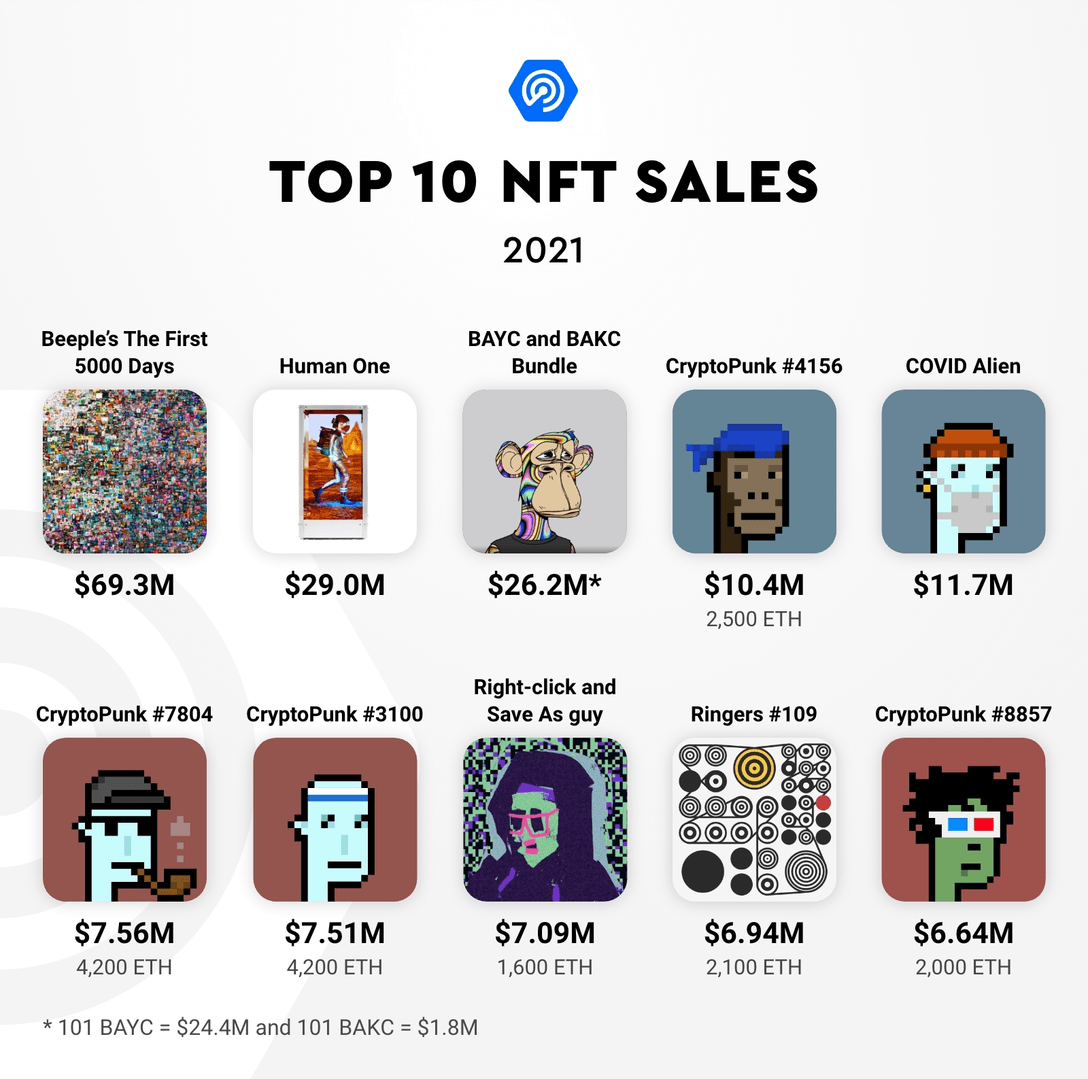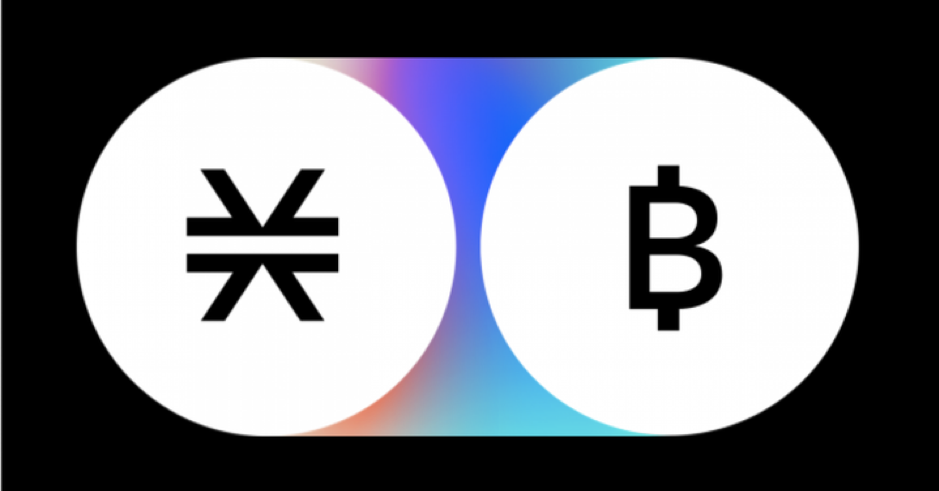
In the blockchain universe, 2021 will probably be remembered as the year non-fungible tokens (NFTs) went mainstream as the trading volume surpassed $23 billion – a 230X increase from just $100 million in 2020, according to a report by decentralized application discovery platform, DappRadar.

It has been Ethereum’s blockchain that has been preferred for mining and trading NFTs. However, the situation is rapidly changing, as high gas fees on Ethereum are forcing many participants away, giving NFTs on other chains a competitive advantage.
It can also be extremely useful to use the Bitcoin blockchain here.

How likely is that to happen? NFTs, DeFi protocols, and decentralized apps are all operated using smart contracts on Ethereum and other networks. Bitcoin, however, does not support smart contracts. It does not support them natively.
- The Blockchain secures (but does not create) NFTs “on Bitcoin.” (Like ERC721 tokens on Ethereum). The ability to issue and secure NFTs with Bitcoin is being provided by the likes of Stacks.
- As part of Stack’s blockchain, smart contracts are run and their transactions are aggregated into Bitcoin transactions. The scaling mechanism is similar to Ethereum’s, even though it is a layer-1 blockchain.
- In addition to enabling DeFi protocols on Ethereum based on Bitcoin, Stacks’s smart contract features can also be used to enable NFTs backed by the security and liquidity of Bitcoin.
- Due to Stacks’ work being performed away from the Bitcoin mainnet, transactions are faster, cheaper, and more energy-efficient.
The verified items are backed by NFTs and deposited into vaults. The NFT is paired with tokens that represent ownership of physical goods. Physical goods can be redeemed anytime with the tokens.
“Our NFTs are backed by the physical world, according to Kyle Hill, President and Head of Crypto, Troika IO. “Through integration with Stacks, a familiar platform recognized by mainstream markets, Bitcoin adoption has been accelerated.”
On the blockchain, Bitcoin transactions are settled using the Stacks Network (STX). The physical object can be authenticated and its location, origin, and authenticity can be recorded with Clarity smart contracts.

While putting NFTs on Bitcoin might seem unusual, this advantage could be very valuable. Since Bitcoin is the dominant cryptocurrency on the market, its most ardent supporters reject all other crypto-assets and their networks.
With Stacks’ scalable technology, it might help these NFTs stand out in a market that is becoming increasingly crowded.







